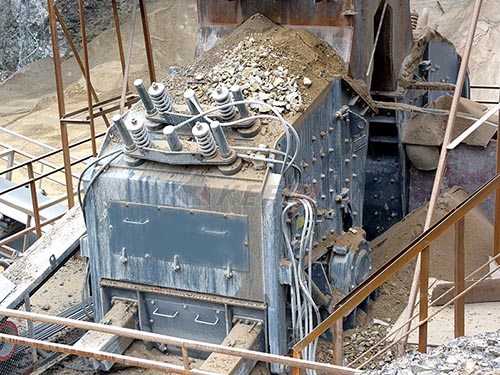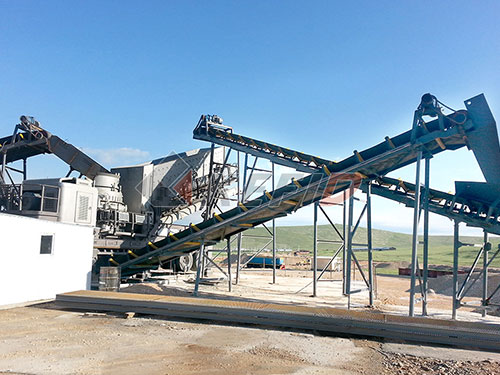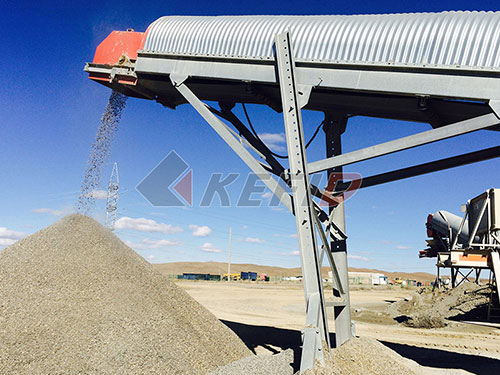The Functions of the Parts of a Blake System Jaw Crusher: An In-Depth Exploration
The Blake Jaw Crusher, patented by Eli Whitney Blake in 1858, stands as a cornerstone of mineral processing and aggregate production. Its elegantly simple yet robust design established the fundamental operating principle for countless jaw crushers that followed. While modern crushers incorporate refinements, understanding the Sistim Blake (Blake System) and the specific fungsi (functions) of its bagian-bagian (parts) remains crucial for operators, maintenance personnel, and engineers alike. This deep dive explores each critical component within the classic Blake configuration, detailing its role in the crushing process.
The Core Principle: Leverage and Compression
At its heart, the Blake Jaw Crusher operates on a straightforward mechanical principle: applying immense compressive force via two vertical jaws to break rock. One jaw is fixed, providing a stable anvil surface. The other jaw, termed the “swing jaw,” moves in an elliptical path driven by an eccentric mechanism. This motion creates a powerful crushing action at the top of the chamber near the fixed jaw and a smaller reciprocating motion at the bottom to discharge crushed material. The key to its effectiveness lies in how its parts interact to maximize force application while managing stress and wear.

Deconstructing the Machine: Functions of Components
1. Frame (Rangka):
Fungsi: The frame is the foundational structure, typically constructed from heavy-duty cast steel or welded steel plates. Its primary function is to provide rigid support for all other components – bearings, jaws, toggle plates, and eccentric shaft – ensuring precise alignment under extreme operational loads.
Critical Aspects: It must resist immense bending moments and vibrational forces generated during crushing. Robustness and dimensional accuracy are paramount for longevity and consistent performance.
2. Fixed Jaw Plate (Pelat Rahang Tetap):
Fungsi: This is one half of the crushing chamber’s working surface. Rigidly bolted or wedged onto the front vertical face of the main frame (the “cheek”), it remains stationary during operation. Its function is to provide an immovable anvil against which rock particles are crushed by the moving swing jaw plate.
Critical Aspects: Constructed from high-manganese steel or other wear-resistant alloys to withstand constant abrasion and impact. Its profile (often corrugated or ribbed) significantly influences particle size reduction efficiency.


Leave a Reply